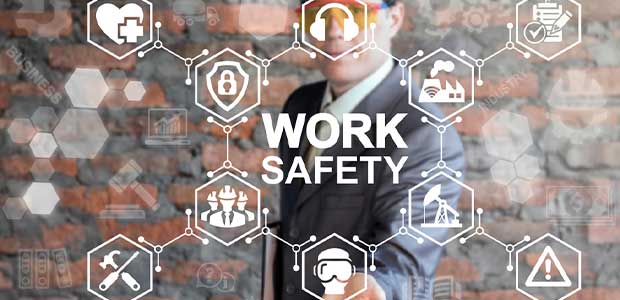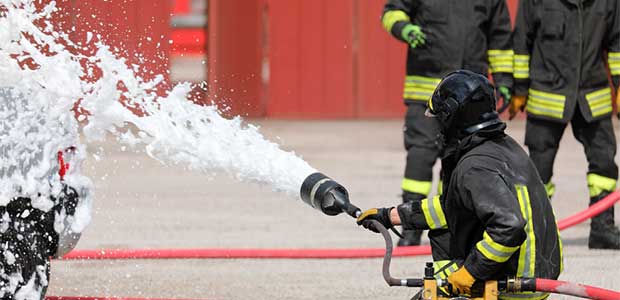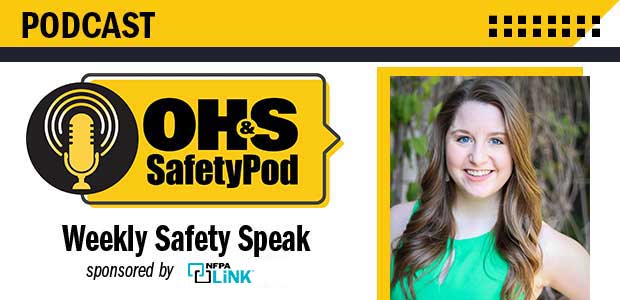
OSHA placed the company in the Severe Violator Enforcement Program.

Data reveals that almost 1,034 construction workers lost their lives in 2020 to fatal injuries at work.

Use these principles from OSHA to determine what a good leading indicator is.

The new category focuses on occupational safety and health.

The proposed penalties for the Georgia company total $190,758.

More than 500 workers are potentially exposed to this substance every year, EPA says.

Episode 146
Safety performance indicators can be very beneficial to any company looking to measure their safety and health improvement efforts.

SPONSORED
If you’ve ever experienced an unexpected visit from an OSHA inspector, you know how important it is to be prepared. If you haven’t, consider this: OSHA has jurisdiction over 7 million worksites and, even in the midst of the COVID-19 pandemic in 2020, they still conducted over 21,000 inspections.

If the bill is signed by the mayor, employers would not be able to fire workers for cannabis use.

The program includes additional steps to help protect miners from silica exposure.